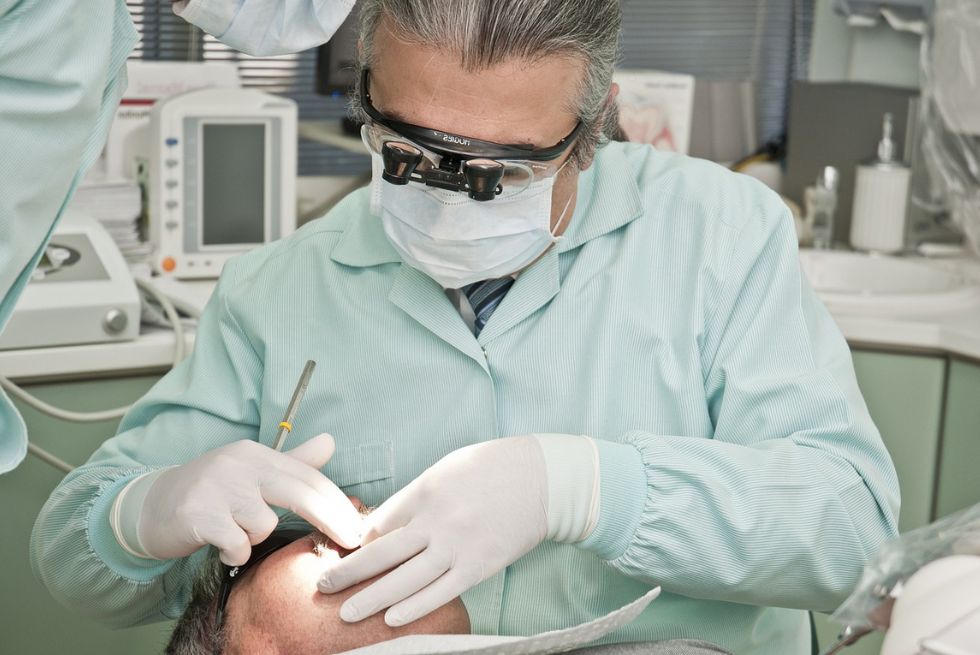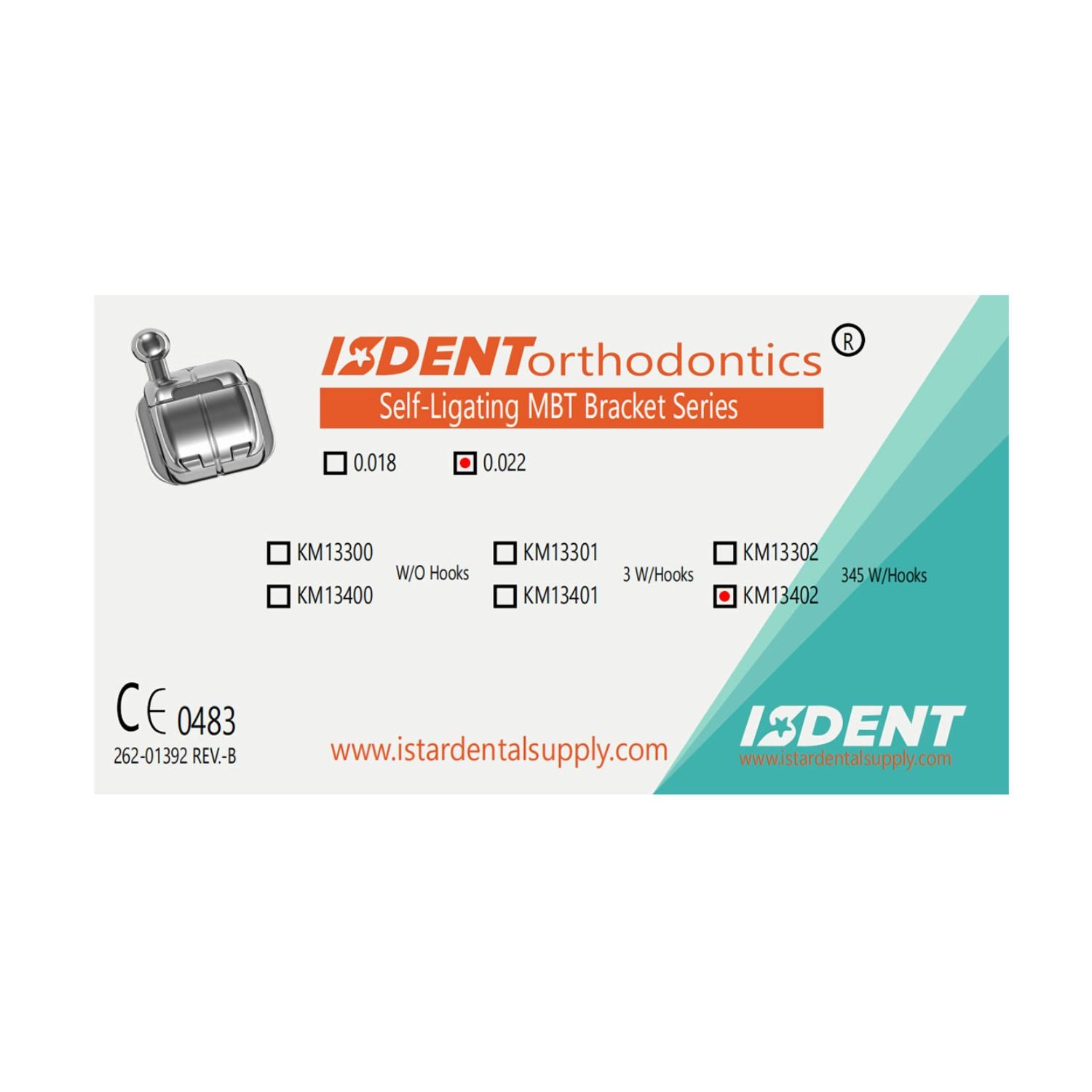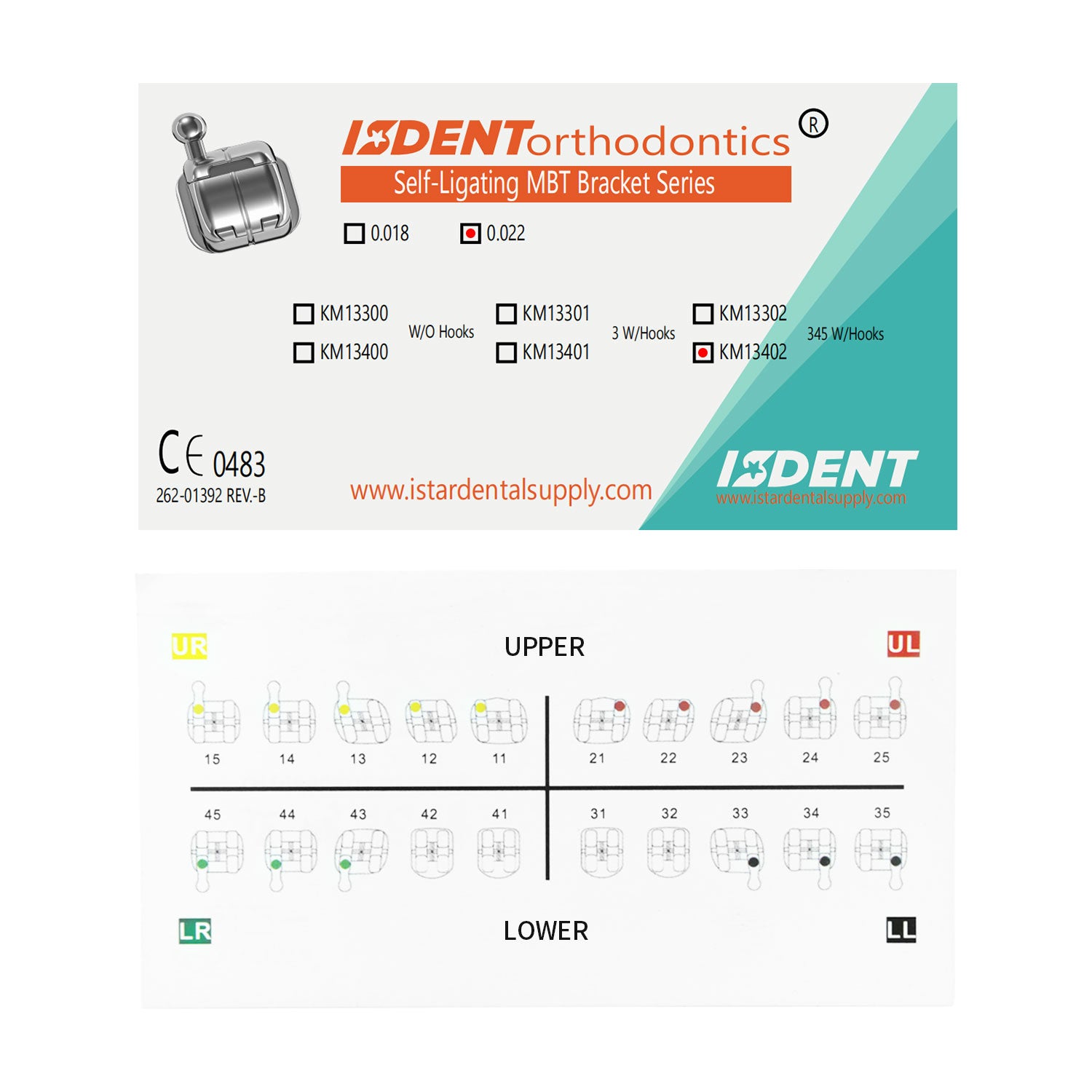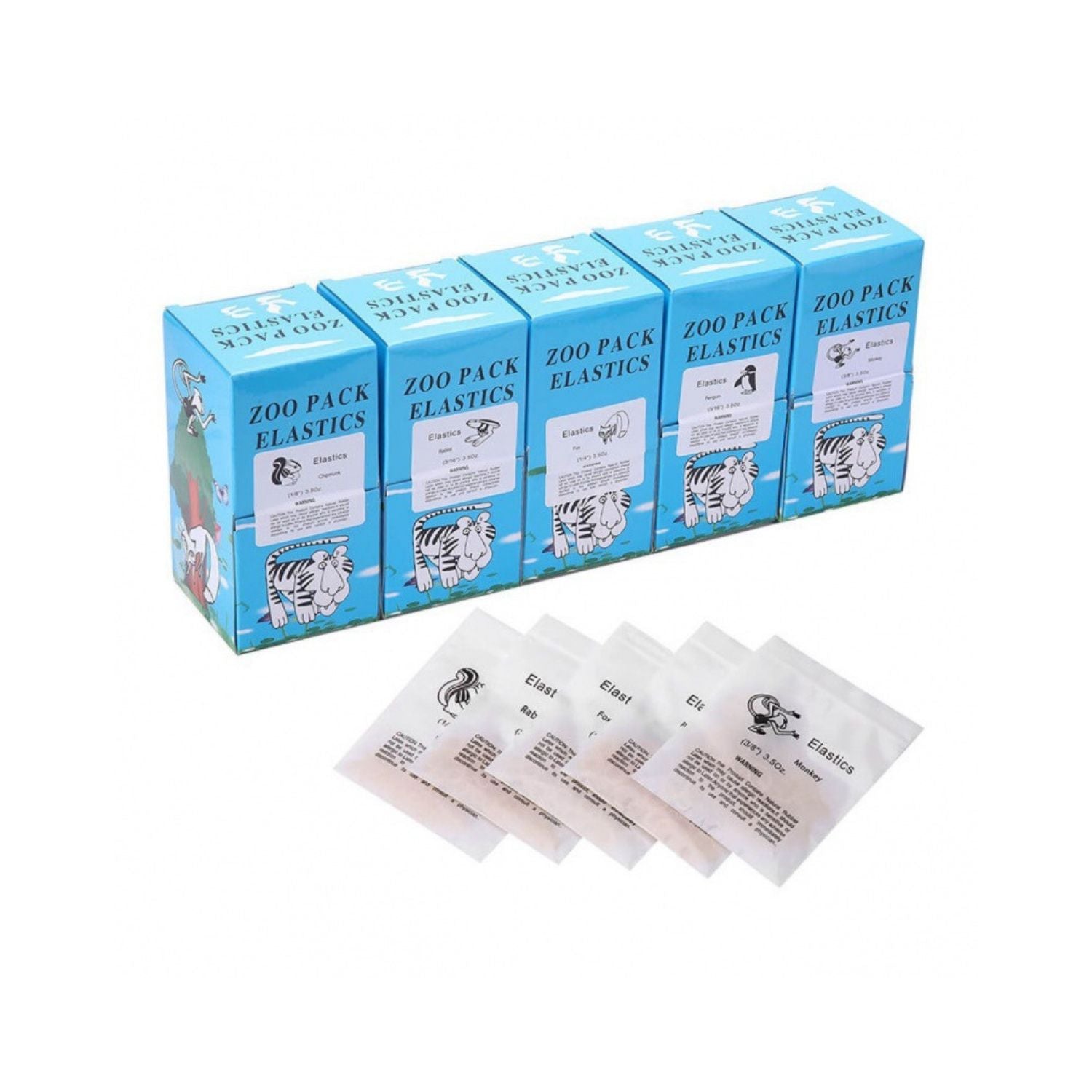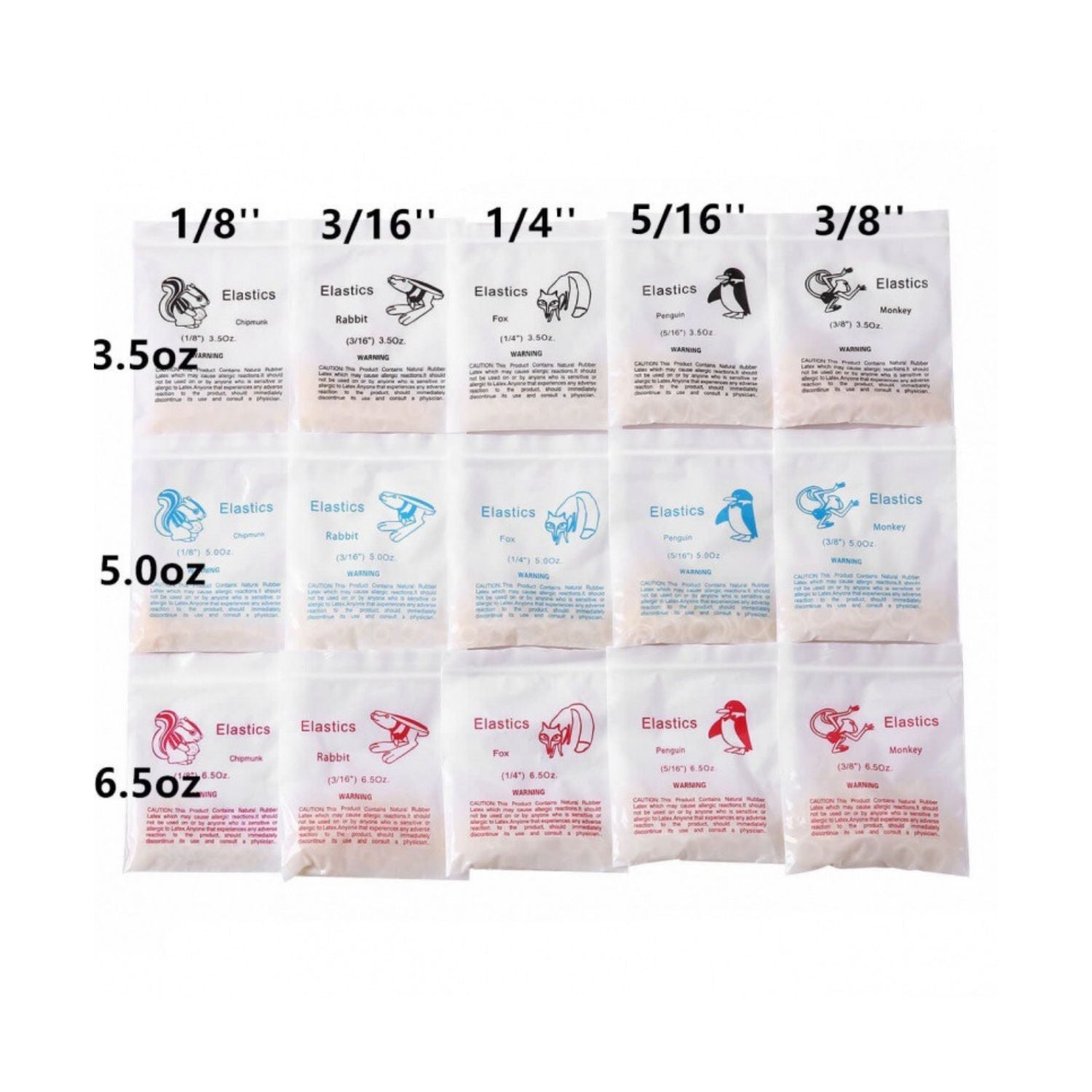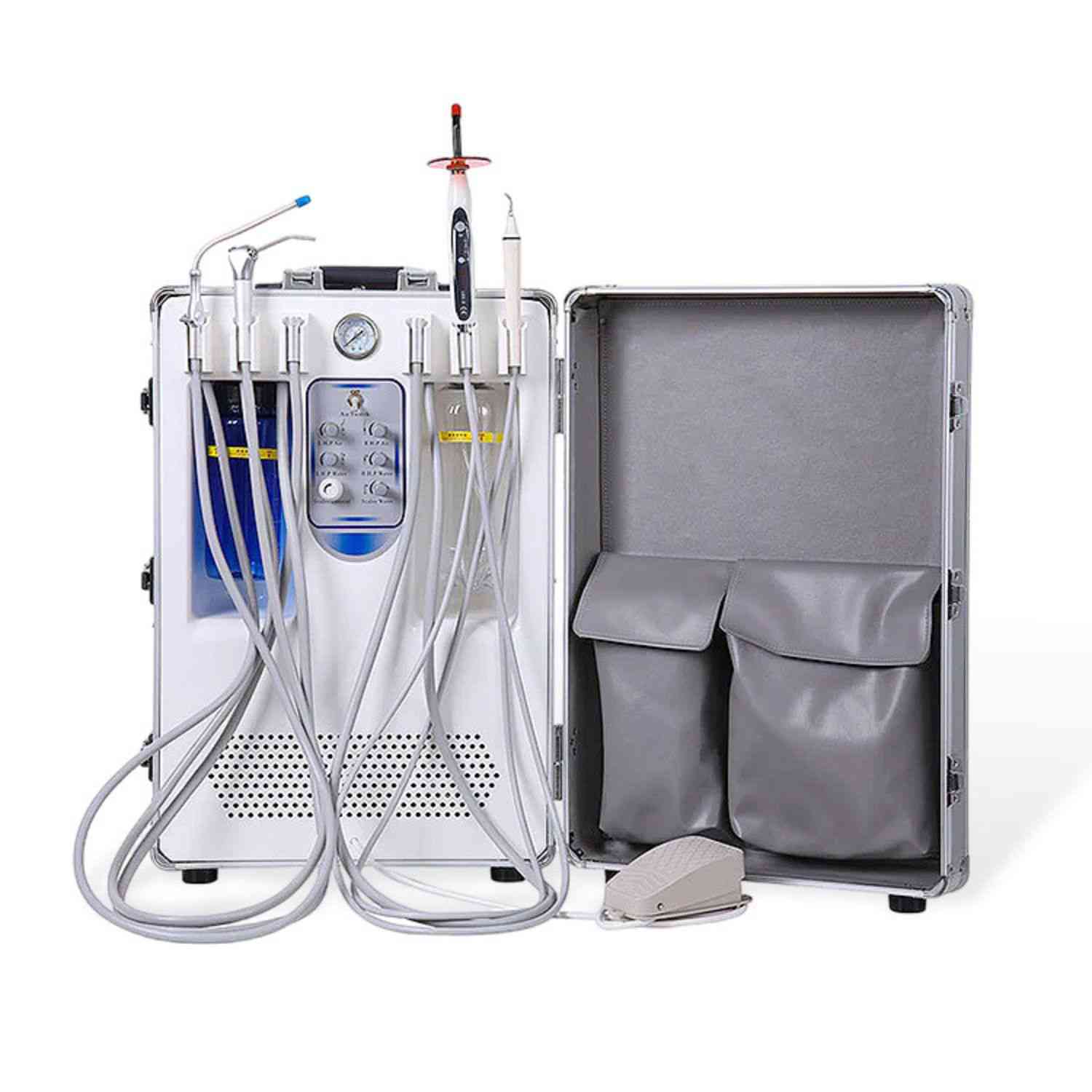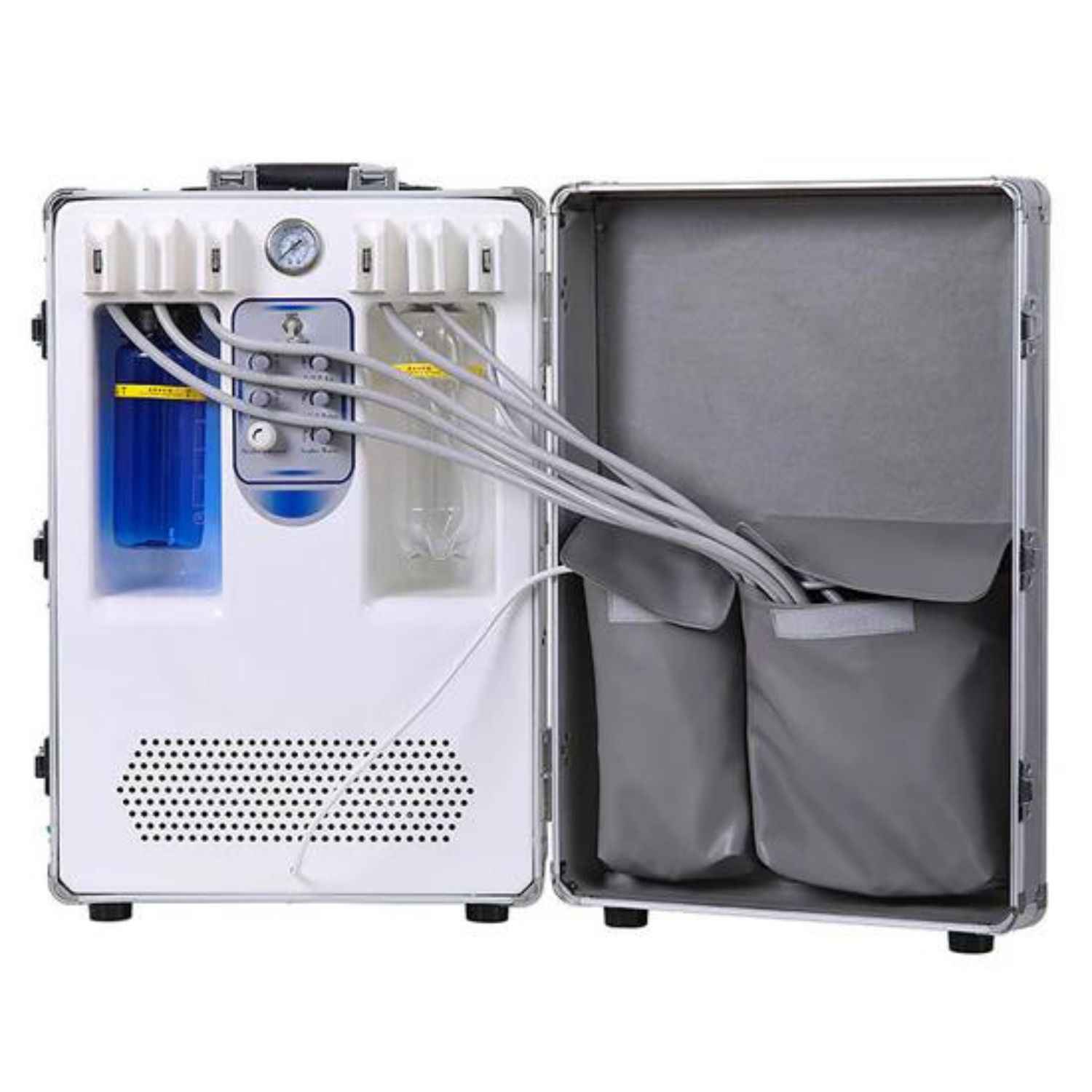In the quest for a brighter, healthier smile, dental technology has continuously evolved, introducing new techniques and tools that make oral care more efficient and comfortable.
One such innovation is air polishing, a technique that has gained popularity for its ability to clean teeth effectively.
In this blog post, we will explore what air polishing teeth entails, its benefits, how it compares before and after treatment, what it removes, and whether it has any drawbacks.
We will also delve into the various dental hygiene polishing techniques, contraindications, and other essential aspects of this method.
What is Air Polishing Teeth?
Air polishing is a dental hygiene procedure that uses a combination of compressed air, water, and a fine, abrasive powder to remove plaque, stains, and soft deposits from the teeth's surfaces.
Unlike traditional polishing methods that use a rubber cup and abrasive paste, air polishing employs a high-pressure stream to deliver the cleaning mixture to the teeth, providing a more thorough and less abrasive cleaning experience.
The most common powders used in air polishing are sodium bicarbonate and glycine, each chosen for specific cleaning needs and patient conditions.
What are the Benefits of Air Polishing?
Air polishing offers numerous benefits, making it a preferred choice for many dental professionals and patients. These benefits include:
Efficiency: The high-pressure stream allows for quick and thorough cleaning, significantly reducing the time required for dental cleanings.
Comfort: The procedure is generally less abrasive than traditional polishing, making it more comfortable for patients, especially those with sensitive teeth or gums.
Versatility: Air polishing can effectively remove stains caused by coffee, tea, tobacco, and other staining agents, restoring the natural color of the teeth.
Plaque Removal: It efficiently removes plaque and soft deposits from both the tooth surfaces and interdental spaces, which are often hard to reach with traditional methods.
Gentle on Dental Work: Air polishing is safe for use on various dental restorations, including crowns, bridges, and veneers, as it does not generate heat or cause damage.

Air Polishing Teeth Before and After
The results of air polishing can be quite striking, especially for individuals with significant staining or plaque buildup. Before the procedure, teeth may appear dull, stained, or covered with a film of plaque.
After air polishing, the teeth often look visibly cleaner, brighter, and smoother. The process not only improves aesthetics but also contributes to better oral health by removing harmful bacteria and deposits that can lead to decay and gum disease.
What Does Air-Powder Polishing Remove?
Air-powder polishing is particularly effective at removing:
Surface Stains: Caused by substances like coffee, tea, red wine, and tobacco.
Plaque: A sticky film of bacteria that forms on teeth and can lead to cavities and gum disease if not removed.
Soft Deposits: Including food particles and other debris that can accumulate on teeth.
Biofilm: A layer of bacteria that adheres to the surface of the teeth and gums, contributing to oral health issues.
The combination of air, water, and abrasive powder works synergistically to clean the teeth's surfaces without damaging the enamel or surrounding tissues.
Is Air Polishing Bad for Teeth?
While air polishing is generally considered safe and effective, there are some considerations to keep in mind:
Enamel Wear: Although less abrasive than traditional polishing, repeated air polishing could potentially wear down enamel over time if not performed correctly.
Sensitivity: Some patients may experience temporary sensitivity following the procedure, especially if they have exposed dentin or gum recession.
Powder Allergies: Although rare, some individuals may be allergic to the powders used, such as sodium bicarbonate.
To mitigate these risks, it's essential for dental professionals to assess each patient's specific needs and oral health status before deciding on air polishing as the best cleaning method.

Dental Hygiene Polishing Techniques
There are several dental hygiene polishing techniques, each with its own set of tools and applications:
Traditional Rubber Cup Polishing: Uses a rubber cup and abrasive paste to polish the teeth. It's suitable for removing surface stains and is often used at the end of a dental cleaning.
Air Polishing: As discussed, this method uses a high-pressure stream of air, water, and powder to clean teeth. It's effective for stain and plaque removal, especially in hard-to-reach areas.
Ultrasonic Scaling: Utilizes ultrasonic vibrations to break down tartar and plaque, often used in conjunction with polishing for a thorough clean.
Selective Polishing: Involves polishing only the teeth or areas that require it, preserving the natural enamel where unnecessary polishing could cause wear.
Air Polishing Dental Contraindications
While air polishing is versatile and effective, it's not suitable for everyone. Contraindications include:
Respiratory Conditions: Patients with respiratory diseases like asthma or chronic obstructive pulmonary disease (COPD) may be sensitive to the aerosols generated during air polishing.
Salt-Restricted Diets: Individuals on strict low-sodium diets should avoid sodium bicarbonate powder, which can be absorbed through the oral mucosa.
Exposed Dentin: Patients with significant gum recession or exposed dentin may experience discomfort or sensitivity.
Allergies: Allergic reactions to the powders used, although rare, can occur.
It's crucial for dental professionals to evaluate these factors and discuss potential risks with patients before proceeding with air polishing.
Alternatives to Air Polishing
While air polishing is an excellent method for many patients, there are alternatives that might be more suitable depending on individual needs:
Hand Scaling: A traditional method using manual instruments to remove plaque and tartar, suitable for patients who may not tolerate ultrasonic or air polishing.
Laser Dentistry: Utilizes laser technology to remove plaque and tartar while also disinfecting the area, providing a less invasive and often more comfortable experience.
Electric Toothbrush and Professional Cleaning: For patients who require less intensive cleaning, regular use of an electric toothbrush combined with professional cleanings can be effective in maintaining oral hygiene.
These alternatives can be tailored to the specific needs and sensitivities of the patient, ensuring a comfortable and effective cleaning experience.
Conclusion
Air polishing is a modern and efficient method for maintaining oral hygiene, offering numerous benefits over traditional polishing techniques.
It effectively removes plaque, stains, and biofilm, leaving teeth cleaner and brighter. While generally safe, it is essential to consider any contraindications and individual patient needs.
By understanding the various dental hygiene polishing techniques and the specific advantages of air polishing, patients and dental professionals can work together to achieve optimal oral health.
Whether through air polishing or alternative methods, the goal remains the same: a healthy, beautiful smile.

